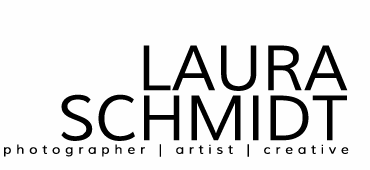I posted this several years ago and thought a repost might be helpful! There is ample time for planning and/or purchasing if need be. I tend toward an experimental and simplistic approach to photographing fireworks. Just as with anything, there are many ways to go about doing anything, this is just one way.
My first bit of advice: get your "special firework photography gear" together in advance. Specifically, a tripod and a remote and a camera capable of manual settings. You can also use a neutral density filter to reduce the amount of light exposure but it's not necessary. A remote is helpful so that you don't jiggle your camera as you push the shutter release. Any shutter speed longer than 1/80th is subject to operator movement and most likely you'll have a shutter speeds in the neighborhood of 1 or more seconds. You don't have to have a remote, but it does help. You will want a tripod or something very stable to put your camera on. You can also try other stable things like tables, chairs, rocks...but the tripod will offer the most flexibility for positioning to get your shot.
As the time gets near and it's still light enough to see: Set your camera's settings. Turn off your flash if your camera has one incorporated in it. You'll want to be on manual or bulb. Keep your ISO low--at 100 or 125. When the first fireworks go off, shoot with a f/stop of f/8-f/16 and then experiment with your shutter speed. Fireworks are surprisingly bright, so your exposure probably won't be as long as you think. Put your focus on manual and on infinity unless you are pretty close to the action. If you can, think about positioning and how the wind will blow. Most years, we find our fireworks location clouded by the smoke and haze produced by the fireworks mid show. I know that I have to shoot early in the show, because toward the end, the bursts could be hidden by the smoke.
When the fireworks start: Take the first couple of bursts to figure out your framing or where you're going to aim your camera and set your focus (which will most likely be close to infinity). The distance between you and the fireworks probably won't change much and you'll have a leeway with focus with your f/stop range of f/8-16. Start with your initial settings, keeping your ISO low so that you get the cleanest, clearest image possible, and then experiment by bracketing. Play with your shutter speed, check your screen and see out what works best. If your images are too bright, use a smaller aperture to allow less light. If you'd like to create multiple firework exposures in camera, the longer you keep the shutter open, the more multiple bursts you can get in one frame. If you shoot single images, after the show with editing software available, it's fun to layer multiple images for maximum effect.
Photographing fireworks is photographing the unknown. The dark sky lights up and the moment reveals itself. Go out and capture it! (And don't forget to enjoy the show!)
(It's also loads of fun to experiment with sparklers, flashlights and any other light sources you can think of...but that's for another post!)
Happy Fourth of July!



No comments:
Post a Comment